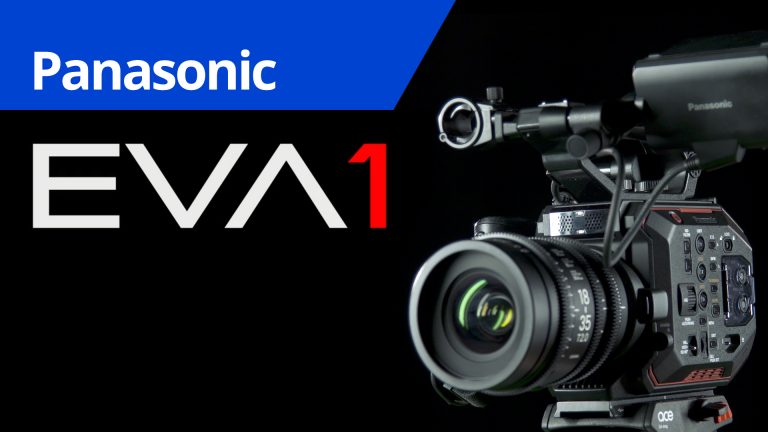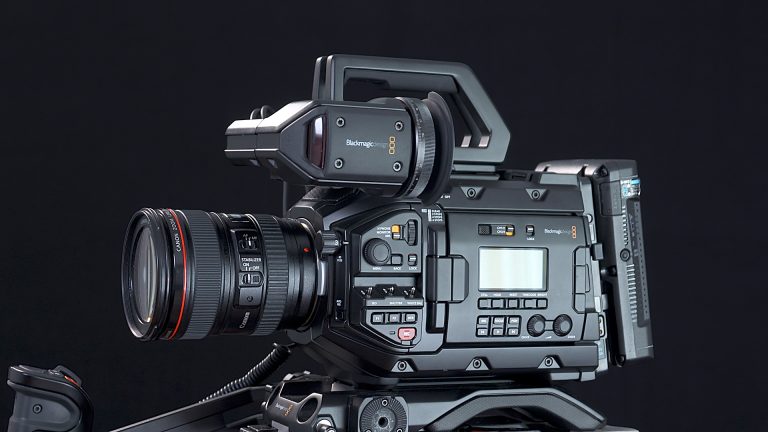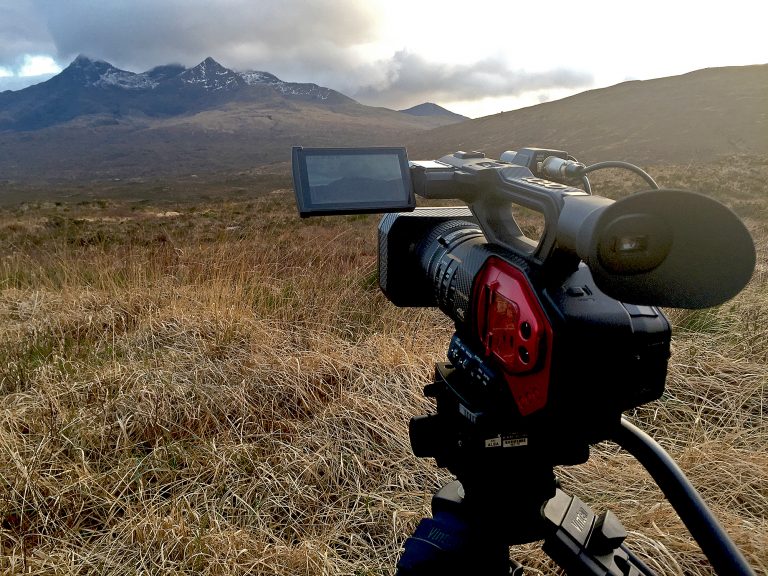extrashot takes a look at the new Panasonic EVA1 – Will this be Steve’s new favourite?
All EVA1 footage shot in 4K with what we thought was close to a Cine’D’ look.
Following our earlier EVA1 video (where we weren’t allowed to show you the footage) We’ve now heard that it’s okay to release… so here is the original edit with all the shots we’ve been itching to show you !!! While we think these pictures are very impressive (and considerably more informative than our captions) we do hope to get our hands on the latest release firmware soon. If we can… what would you like us to test?
Specs from Panasonic:
The AU-EVA1 contains a 5.7K Super 35mm-sized (5720×3016, approx. 17.25 million pixels) sensor. By starting at a higher native resolution, the 5.7K sensor yields a higher resolving image when down sampled to 4K, UHD, 2K, and even 720p.
Dual Native ISO of 800 & 2500
The EVA1 includes dual native ISO like the VariCam 35, VariCam LT and VariCam Pure. Utilising a process that allows the sensor to be read in a fundamentally different way, dual native ISO extracts more information from the sensor without degrading the image. This results in a camera that can switch from a standard sensitivity to a high sensitivity, while maintaining the same dynamic range and V-LOG curve without any electronic gain.
V-Log / V-Gamut
The EVA1 contains V-Log/V-Gamut capture to deliver broad colours with a capability of creating 14 stops of dynamic range. V-Log has log curve characteristics that are somewhat reminiscent of negative film and V-Gamut delivers a colour space even larger than film gamut and BT-2020 gamut. The EVA1 will also import the celebrated color science of the VariCam line.
High Frame Rate Recording 4K 60 fps/2K 240 fps
Users can choose between MOV wrapped codecs up to 10-bit 422 even in 4K, as well as AVCHD. Capturing internally in 4K, UHD, 2K, Full HD and HD, the EVA1 offers up to 59.94fps/50fps for 4K/UHD, up to 120fps/100fps for 2K/Full HD (without cropping), or 240fps/200fps (4/3”cropped area) for high-speed capturing.
Cinematic Run & Gun
Weighing only 1.2Kg (body-only) with a compact form factor (17cm x 13.5cm x 13.3cm) and a removable handgrip, EVA1 can be used for efficient handheld shooting applications and can also be mounted on a drone, gimbal rig, or jib arm for complex yet smooth camera moves. The adjustable handgrip offers several controls, including menu, REC start/stop, iris and two user defined buttons. The LCD monitor features a touch-panel function and allows flexible mounting.
Low-Cost Media / SD Card Recording
EVA1 records to two SD card slots, with the option to capture footage with Relay Rec (continuous record) or Simul Rec (simultaneous dual record). There’s also one shot record, which enables single frame video for stop motion capture.
EF-Mount Lenses
The camera utilizes a native EF-mount, giving shooters access to the broad EF lens ecosystem, including dozens of cinema-style prime and zoom lenses from numerous manufacturers.
E.I.S. & Integrated ND Filters
Electronic Image Stabilisation (EIS) is employed to compensate for camera shake and blurring, which will help smooth out handheld or shoulder-mount shots on documentary or run-and-gun projects. Behind the lens mount, an integrated ND filter wheel in 2, 4, and 6 stops allows for precise exposure control. The EVA1 also allows the IR Cut filter to be swung out of the path to the sensor at the push of a button. Unique photographic effects and night vision imagery are possible with this control over infrared.
Professional Features
As a professional video production tool, the EVA1 offers dual balanced XLR audio inputs with Dolby Audio™ * encoding. 4K-capable video outputs in both HDMI and SDI. where each can be adjusted separately, allowing HD to be fed to a viewfinder or other third party monitor while 4K is sent to an outboard recorder or monitor. Timecode In/Out is also supported on the EVA1 unlike some other cameras in its class. With the addition of the AJ-WM50 WiFi adapter, all EVA1 menu functions can be controlled remotely on IOS or Android using the dedicated app.












